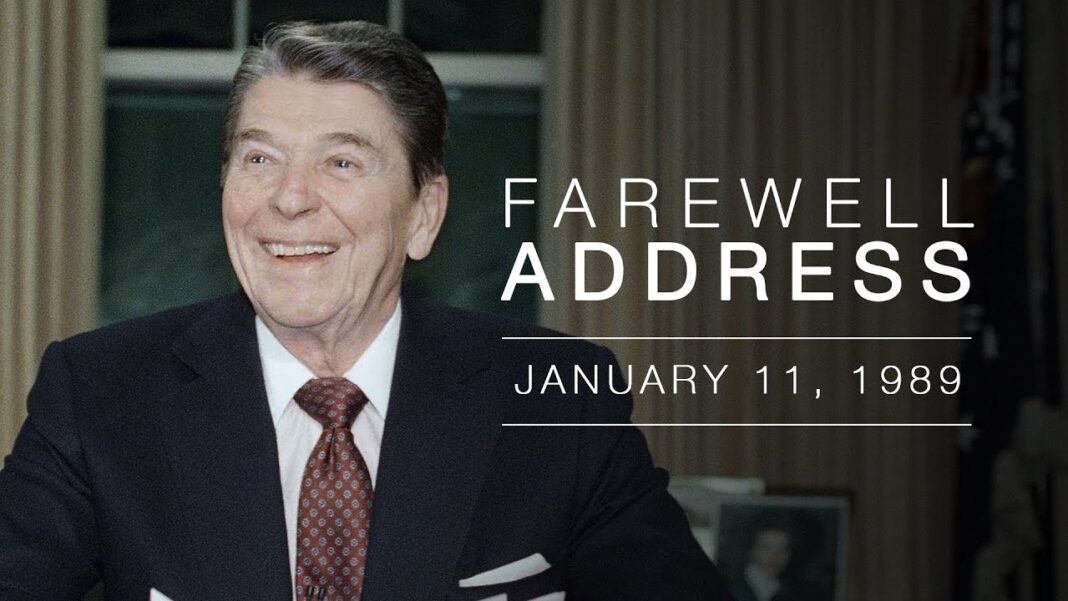On Friday, May 23, 2014, Elliot Rodger, a white male, 22, implemented a mass killing plan of attack. The areas targeted were Rodger’s apartment, a UC Santa Barbara sorority, and a nearby deli.
His first task was to kill his 3 roommates via multiple stab wounds. This was just the beginning. Rodger would kill 6 people and injure 13 others before this latest Active Shooter Incident (ASI) ended.
Once the roommates were killed, Rodger transferred from using his knife to his gun to continue killing. Rodger, now armed with 3 registered firearms shot and killed two women at a nearby sorority. He then killed a man in a local deli. Rodger viewed people walking along the sidewalk as his remaining “targets.”
Rodger fired on strangers from his BMW in a drive by style until the shooter himself was fired on by the police. A brief chase led to the shooter crashing his vehicle. The shooter’s final act was suicide. A total of 8 people were wounded by gunfire, 4 were injured by the shooter’s BMW, and 1 was injured for reasons not yet disclosed.
Typically the question asked after such an incident is, “Why did this happen?” The answer is disturbing. This shooter, as do many Active Shooters, perceives himself as a victim. When a person is of such mindset, he believes that retribution is a justified act necessary to overcome the wrongs he has experienced. He believes there is no other avenue of escape. Often his final act is suicide.
It is important to note that not all Active Shooter Incidents are based on perceived victimization. ASIs have occurred at times when the Active Shooter (AS) has fired on people aimlessly. Such ASIs tend to be undertaken by delusional individuals. This latest incident was undertaken because the shooter believed he had been subject to a lifetime of victimization.
In graduate school, I wrote a thesis based on a study I conducted on the topic of the Victim-Offender Overlap. I wanted to understand the relationship between being victimized and becoming an offender. I interviewed males from 17 to 21 years of age, in custody on felony charges. Each stated they were tired of being a victim.
Perceived victimization is the growing trend in Active Shooter Incidents. In the last 5 years ASIs have tripled. The increase of ASIs more than suggests the Victim-Offender Overlap is not restricted only to people who are actual crime victims. Some school shooters have been bullying victims, and there are others who believed they were. Bullying is a school setting is treated far more seriously nowadays than in the past.
The question before society is not why did this happen? One cannot make sense out of a senseless act. The question is what is law enforcement’s role in addressing this growing dilemma?
This weekend, I was stunned to hear former Washington DC homicide detective Ted Williams (A Fox News commentator whose work I usually admire), speak so incorrectly about this issue. On Saturday, Detective Williams flatly stated that police can only take a reactive (vs. a proactive stance) with AS’s. He is dead wrong. It is clear, however, that police officers in the street no longer are the eyes and ears of the police department when it comes to overcoming an ASI.
The eyes and ears of the department in overcoming an Active Shooter Incident before it begins is the public. A potential Active Killer goes through changes as he is planning and readying his plan of attack. These changes are visible, verbal, and/or written cues: warning signs. The warning signs demonstrate a change of conduct. Family members, neighbors, co-workers, friends, school and medical personnel, must be the eyes and ears of the department to help identify a potential Active Shooter. The killer’s family members had done this and were on the way to the shooter’s home when they heard news reports of the tragedy.
Without question, members of the public had insight into his changed behavior. This is a critical time. If law enforcement is not given an opportunity to intervene by civilians sharing information, then an AS cannot be stopped before he begins. One may ask if intervention of an ASI is possible, then why didn’t the Santa Clara County Sheriff’s Department intervene when dispatched to the shooter’s home a few weeks prior to Friday’s ASI.
Santa Barbara County Sheriff Bill Brown addressed this topic. Brown confirmed the shooter’s family contacted his department several weeks ago over concerns about YouTube videos where the son discussed murder and suicide.
Brown indicated the recent welfare check was the third incident the police had with the Rodger’s. The first incident occurred when Rodger’s claimed to be the victim of assault, but deputies believe Rodger’s may have been the aggressor in a fight. The second incident occurred when Rodger’s accused a roommate of stealing $22 worth of candles from him. This incident resulted in the roommate being placed under a citizen’s arrest. Once booked, the roommate was released.
The third incident involved Rodger’s being interviewed by the police. Brown said during the interview, Rodger’s told the deputies he was not going to hurt anyone or himself. Rodger’s told deputies he was having troubles with his social life. “He was articulate. He was polite. He was timid,” Brown said. There was nothing in his behavior to suggest Rodger’s was violent, and the deputies “determined Rodger’s did not meet the criteria for an involuntary hold.”
According to Brown, authorities now believe that this latest Active Shooter Incident was planned for at least a year. The gap that must be bridged is to unite law enforcement with mental health professionals to determine if a person is an immediate threat to himself and others. If Rodger’s had admitted his intentions, the deputies would have taken him into custody. If an individual is not overtly showing signs of being an emotionally disturbed person, the police are incapable of taking action.
Individuals planning an ASI are often clinically suicidal. The shooter was not suicidal and not an immediate threat to others when interviewed by the deputies. Rodger’s was not yet prepared to implement his plan of attack. Once an attack begins all those mentioned in the shooter’s manifesto are at risk.
The night before the shooting, Rodger’s posted a YouTube video hinting he would inflict carnage at a sorority house. This new posting was not reported. Rodger stated, “I’ll take great pleasure in slaughtering all of you.” This video, if known by the Santa Clara County Sheriff’s Department, would have provided time to intervene before the ASI began the following day.
Authorities must use intervention and response tactics in addressing an ASI in a team approach. The law enforcement community must review and introduce procedures permitting both intervention and response tactics be implemented to prevent and terminate an ASI.
The law enforcement community must team up with mental health professionals and the public to overcome an Active Shooter Incident before it begins much like the Police, Fire, and EMS personnel unite and coordinate as one to respond to an ASI.
The family understood how disturbed this young man was. Elliot Rodger steadfastly refused any medical treatment. It is now being reported several members of a website Rodger’s frequented said that Rodger’s was a serial killer in the making months before it happened; yet none of them came forward with this information.
Learn more about this article here:
http://www.cnn.com/2014/05/25/justice/california-shooting-deaths/
http://www.mirror.co.uk/news/world-news/california-shooting-elliot-rodgers-friends-3607196
Jim Gaffney, MPA is Law Enforcement Today’s risk management /police administration contributor. He has served with a metro-New York police department for over 30 years in varying capacities, culminating with Executive Officer and PIO. He is a member of (ILEETA), (IACP), and the nationally recognized FBI- LEEDA. Jim is a Certified Force Science Analyst. He mentors law enforcement’s next generation as an adjunct criminal justice professor in the New York City area. Jim brings the street into the classroom to prepare students today for their roles as police officers tomorrow. He is CEO of Bright Line Consulting and can be reached via www.brightlinepoliceconsulting.com
Photo By Brandon Cawood
www.brandoncawood.com
www.facebook.com/brandoncawoodphoto







